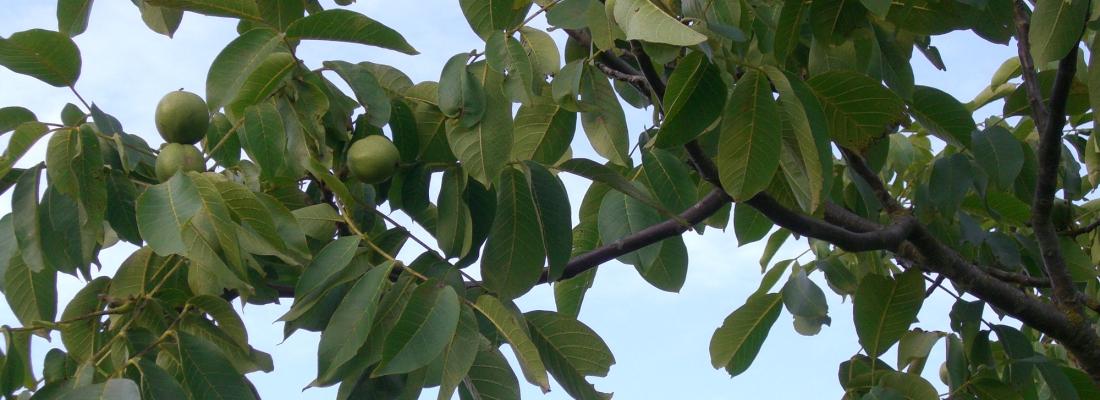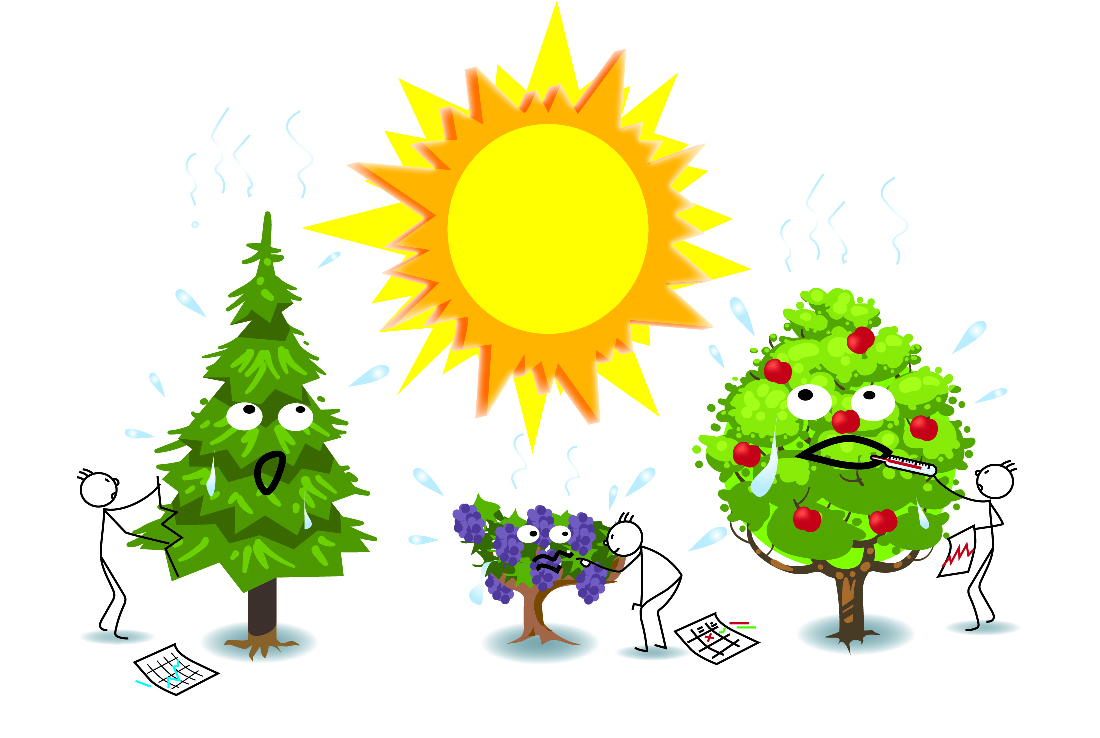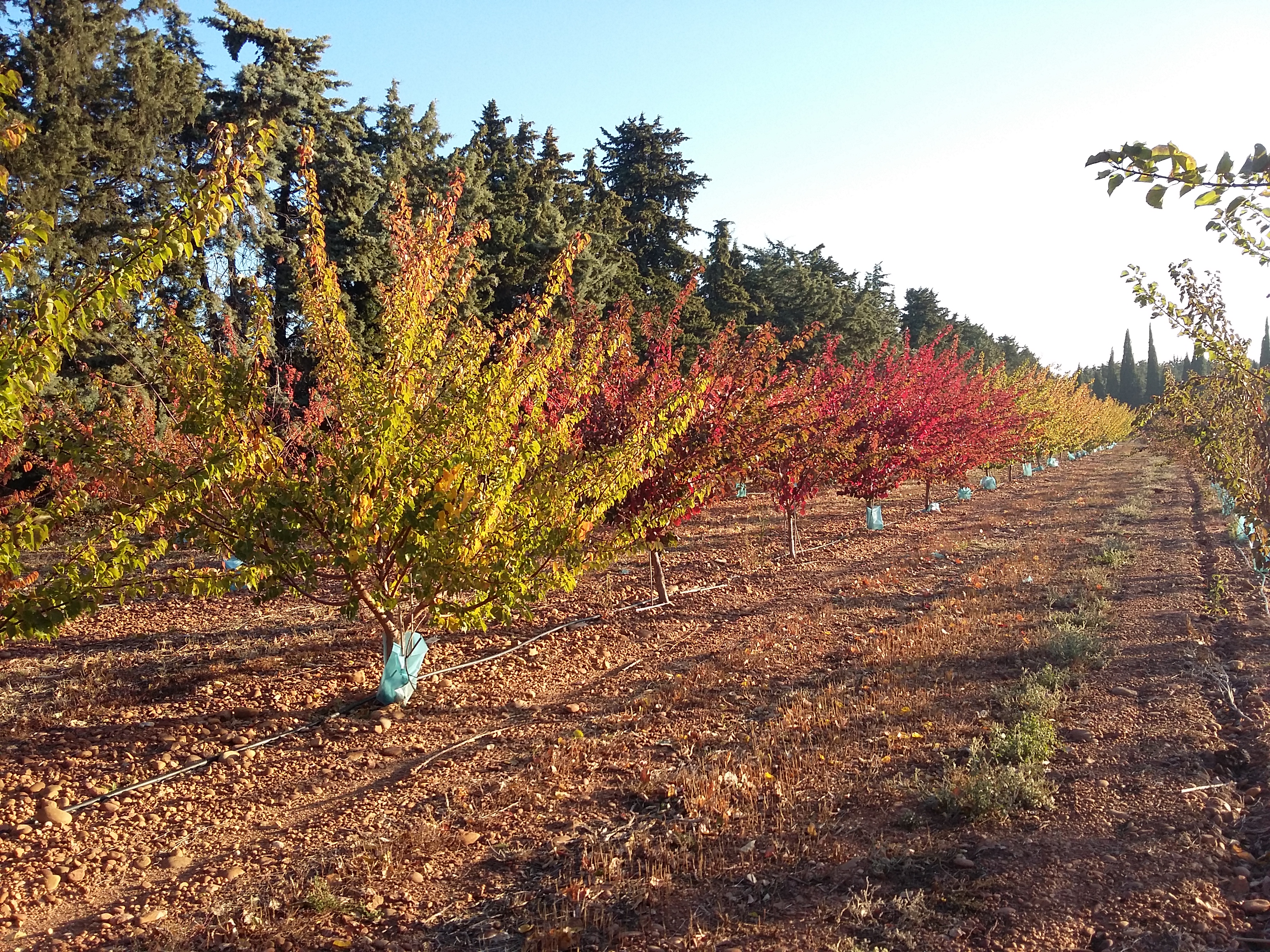Climate change and risks Reading time 3 min
Bringing together expertise to better understand the effects of climate change on perennial and woody species
Published on 11 January 2018


To study the effects of climate change on plant communities, you still need to have a good thermometer to hand. In other words, a measurement tool which allows everyone to understand the variations in biological functioning over time. “Phenology focuses on observing events, the responses of a plant to its environment, especially the seasonal cycle of climate. By studying the phenology of perennial plants, we have a natural thermometer for changes in the climate,” explains Iñaki García de Cortázar-Atauri of INRAE’s Agroclim Service Unit in Avignon, one of the three leaders of the PERPHECLIM project - Evolution of the phenology of perennial and woody species in the face of climate change, alongside Jean-Marc Audergon (Joint Research Unit for Fruit and Vegetable Genetics and Breeding, known by its French acronym GAFL) and Patrick Bertuzzi (Agroclim).
Speaking the same language
Vines, fruit trees and forests have therefore become biomarkers, allowing researchers to better understand the interactions between plants and their environment.
“The Observatoire des Saisons, created by CNRS, was already working on this issue, particularly with regard to forest species. So, under PERPHECLIM, we brought together the study of anthropized systems and worked on developing an INRAE network on a par with the Observatoire des Saisons,” he adds. The objectives were ambitious: to homogenise experimental protocols, to structure a community and to disseminate the results of their work to the field. “Previously, the observation of veraison, in other words the stage at which grapes begin to ripen, was based solely on a change of colour in the grape,” explains Iñaki. “Now the observation is done by touch, in order to evaluate the internal consistency of the grape.” This is a technical breakthrough which stems directly from the sharing of information and the networking of expertise from different sectors and disciplines. “We are all proud to have participated in creating an active community around phenology, which shares the same language, and which is geared towards technicians and the managers of experimental facilities, whether they be agricultural or forestry.”
Towards a common platform

The results speak for themselves: the harmonisation of the various existing observational guides, the development of a common frame of reference for observation, the creation of a shared experimental system to monitor and predict, modelling the effects of climate change and the design of an information system on the web. “Modelling is an important step in the project because it allowed us to formalise the knowledge we had gained through experimentation and to test hypotheses. For example, this has been the case with work around dormancy, a stage of the plant’s hidden phenology. Thanks to the work of the network, we have been able to explore the functioning of a major stage in a plant’s life at different levels and for different species,” he says. Accumulated data is shared through a web platform called PERPHECLIM1, which is connected to existing databases from which it gleans information on phenology. “Today, the platform is operational with data from the Observatoire des Saisons, the INRAE PHENOCLIM historical database for fruit trees and vines, and the Plant Biology and Breeding Division’s Ephesis database for plants of agronomic interest. Our goal is to eventually become the global data platform for phenology,” concludes Iñaki.
From PERPHECLIM to TEMPO, a step closer to the study of synchronicity between species
The size of the network built by the PERPHECLIM project, and its close collaboration with the Observatoire des Saisons, led to researchers asking for the name ‘Long-term observation and experimentation system for environmental research’, known by its French acronym SOERE. This is how the TEMPO network was born. “By moving from PERPHECLIM to TEMPO, the network is expanding and not only observing perennial species, but living organisms in their diversity: arable crops, weeds, pasture, reptiles, fish, arthropods and fungi. In total, TEMPO brings together more than 200 people, 75 partners and 26 institutions,” says Iñaki García de Cortázar-Atauri, who coordinates SOERE alongside Isabelle Chuine, from CNRS’s Centre for Functional and Evolutionary Ecology (CEFE). Through this network, and the identification of sites which bring all the ecosystems observed by TEMPO into one place, research teams would like to study the synchronicity between species as a response to climate change. It’s a step closer to a better understanding of the interactions between the ecosystem and its environment.
References:
- Bonhomme M. and García de Cortázar-Atauri, (2015). French-speaking Phenology Symposium. Programme and abstracts. 17th to 19th November 2015, INRA / Université Blaise Pascal UBP of Clermont Ferrand, Campus Universitaire des Cézeaux, Aubière-France, France. ISBN 978-2-9555581-0-2
- Les plantes au rythme des saisons. Guide d’observation phénologique des plantes. Biotope Editions - 336 pages, 2017.
